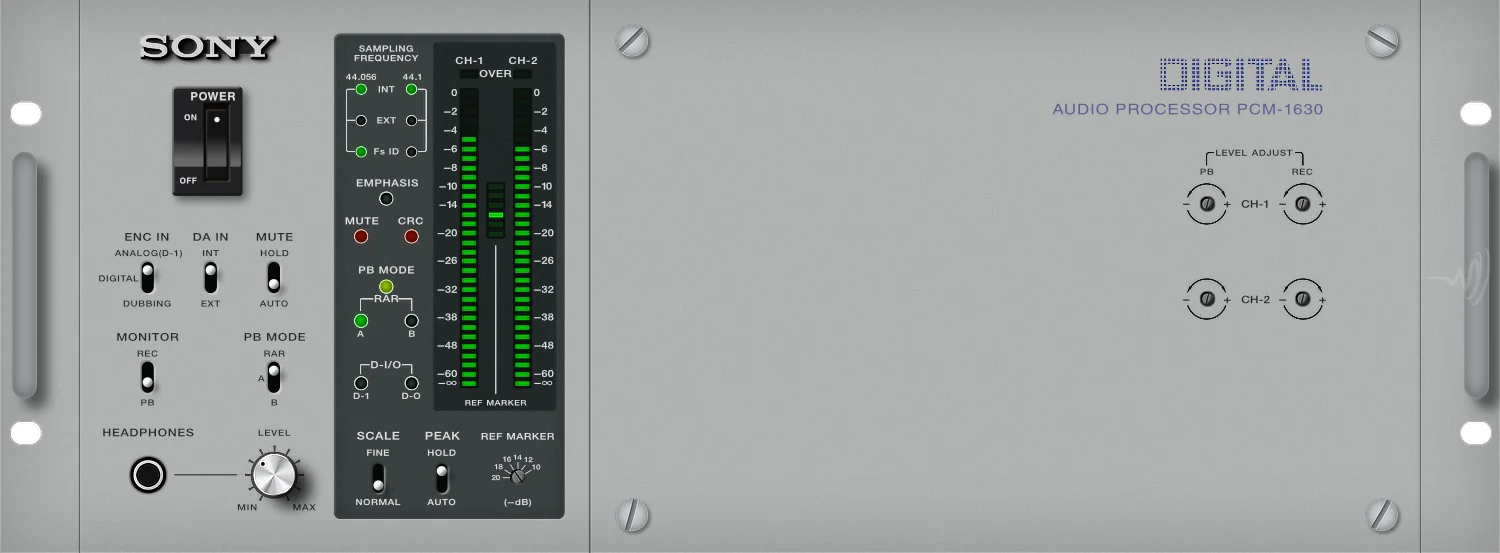Bryan Adams’ Reckless album made a significant impact in the mid-1980s, essentially defining the sound of rock albums during that era. It was a record of immense importance, and it solidified Bob Clearmountain’s reputation as the go-to mix engineer. What makes Clearmountain’s role even more remarkable is that he served not only as the mix engineer but also as the recording engineer and producer (alongside Bryan Adams himself), a truly exceptional triple threat in the music industry.
Clearmountain’s mixing approach for Reckless was characterized by his ability to strike a delicate balance between the raw power of rock elements and a crystal-clear, well-defined sound. He skillfully captured the band’s energy and emotion in the studio while delivering a polished, radio-friendly sound that resonated with audiences.
In the context of 1980s music production, reverb was often associated with that era, but it’s important to note that delay played an equally significant role in shaping the distinctive ’80s sound. Bob Clearmountain was particularly fond of using delay effects and incorporated them generously throughout the mixing of “Reckless.” In fact, he later expressed some regret about what he referred to as “overuse” of delay, especially in the single Run To You.
The mixing of Reckless took place at The Power Station in New York, although precise details about the gear available to Bob Clearmountain during that time are not extensively documented. However, we can make informed assumptions based on the equipment that was popular at the time and Clearmountain’s preferences.
Some studio staples such as the LA-2A and 1176 were likely used for compression duties. The primary delay device was probably the AMS 15-80S, a widely popular choice during that era. The Roland SDE-3000 might have been a secondary delay option, should it have been needed.
Reverb is a bit more complex to determine. The Power Station had its reverb chamber known as the Stairwell, which was likely used extensively. However, the AMS RMX16 was also highly popular at the time, offering a ‘simulated’ reverb. It’s possible that both ‘real’ reverb chambers and simulated reverb were employed.
Other effects available during the mixing process included the Eventide H3000, a beloved effects processor, and Bob’s personal favorite, the MXR Flanger/Doubler. Additionally, there’s a possibility that the Ursa Major Space Station, a popular device of that era, found its way into the mix. While the Space Station primarily provided reverb effects, it had its unique quirks that could have been creatively harnessed during the mix.
As of now, detailed specifics about the actual mix remain undisclosed, but these assumptions provide insights into the equipment and techniques that may have contributed to the creation of the iconic Reckless album. The mastering was done by Bob Ludwig using a Sony PCM-1630 Digital Audio Processor.











